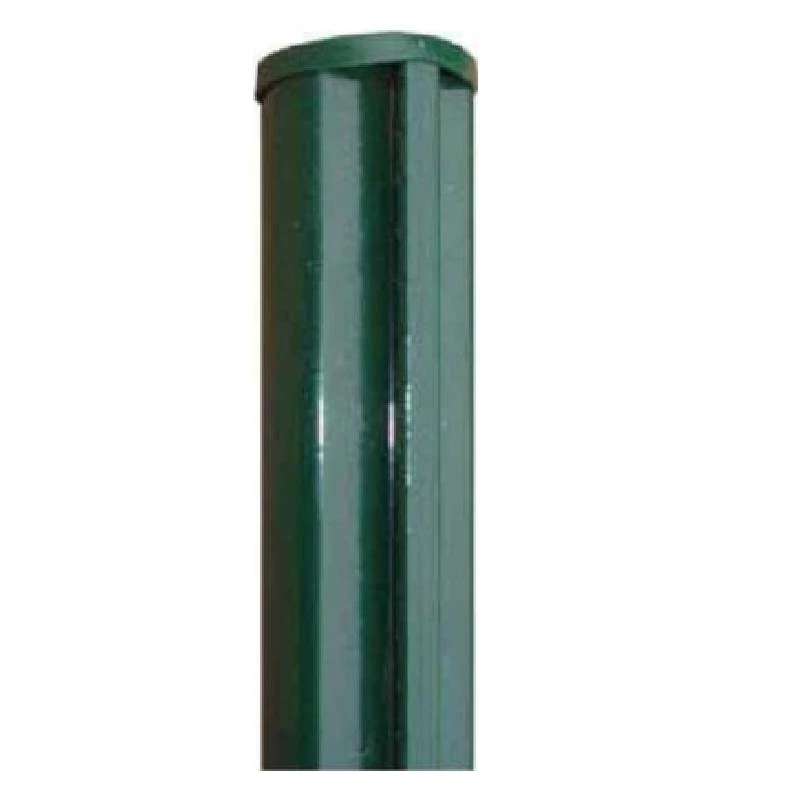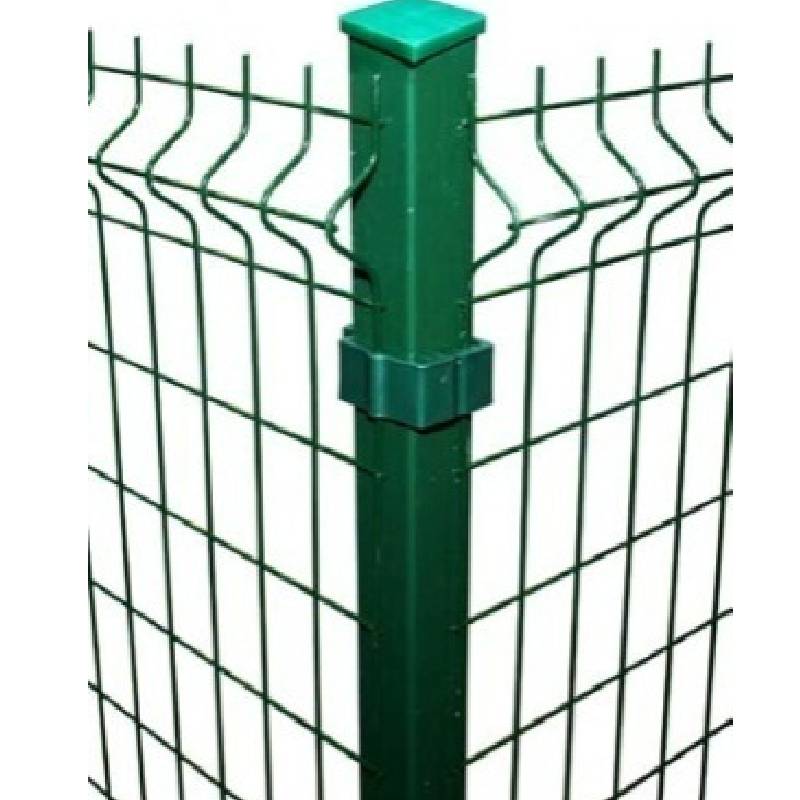-
Retpoŝto:zhao@hyliec.cn
-
Tel:+86 311 85273988
-
WhatsAPP:8613931128750
-
 afrikano
afrikano -
 albana
albana -
 Amhara
Amhara -
 la araba
la araba -
 la armena
la armena -
 Azerbajĝana
Azerbajĝana -
 eŭska
eŭska -
 Belarusian
Belarusian -
 bengala
bengala -
 bosnia
bosnia -
 bulgaro
bulgaro -
 kataluna
kataluna -
 Cebuano
Cebuano -
 korsika
korsika -
 kroata
kroata -
 ĉeĥa
ĉeĥa -
 dana
dana -
 nederlanda
nederlanda -
 la angla
la angla -
 Esperanto
Esperanto -
 estona
estona -
 finna
finna -
 franca
franca -
 frisa
frisa -
 galego
galego -
 kartvela
kartvela -
 germana
germana -
 greka
greka -
 Gujaratio
Gujaratio -
 Haitian Creole
Haitian Creole -
 hausa
hausa -
 havajano
havajano -
 la hebrea
la hebrea -
 Ne
Ne -
 Miao
Miao -
 hungara
hungara -
 islanda
islanda -
 igbo
igbo -
 indonezia
indonezia -
 irlandano
irlandano -
 itala
itala -
 Japanoj
Japanoj -
 la javano
la javano -
 Kannada
Kannada -
 kazaĥo
kazaĥo -
 ĥmeroj
ĥmeroj -
 Ruando
Ruando -
 korea
korea -
 kurda
kurda -
 Kirgizoj
Kirgizoj -
 TB
TB -
 la latina
la latina -
 latva
latva -
 litova
litova -
 luksemburga
luksemburga -
 makedona
makedona -
 Malgashi
Malgashi -
 malaja
malaja -
 la malajala
la malajala -
 malta
malta -
 maoria
maoria -
 Maratio
Maratio -
 mongola
mongola -
 Mjanmao
Mjanmao -
 nepala
nepala -
 norvega
norvega -
 norvega
norvega -
 okcitana
okcitana -
 Paŝto
Paŝto -
 la persa
la persa -
 pola
pola -
 portugala
portugala -
 panĝaba
panĝaba -
 rumana
rumana -
 rusa
rusa -
 samoano
samoano -
 Skotgaela
Skotgaela -
 serba
serba -
 la angla
la angla -
 Ŝona
Ŝona -
 Sinda
Sinda -
 Sinhala
Sinhala -
 la slovaka
la slovaka -
 sloveno
sloveno -
 Somalo
Somalo -
 hispana
hispana -
 Sundanese
Sundanese -
 Svahila
Svahila -
 sveda
sveda -
 la tagaloga
la tagaloga -
 taĝiko
taĝiko -
 la tamila
la tamila -
 tataro
tataro -
 la telugua
la telugua -
 tajlanda
tajlanda -
 Turka
Turka -
 turkmenoj
turkmenoj -
 ukraina
ukraina -
 Urdu
Urdu -
 ujgura
ujgura -
 uzbeko
uzbeko -
 vjetnama
vjetnama -
 kimra lingvo
kimra lingvo -
 Helpu
Helpu -
 jida
jida -
 joruboj
joruboj -
 la zulua
la zulua
Skermado-Poŝto
What Type Of Fence Post Is Best?
The best type of fence post depends on various factors such as the type of fence, local climate, soil conditions, and personal preferences. Common options for fence posts include:
1. Round steel posts: Round steel posts are a traditional and versatile choice, suitable for various fence types. They can be treated to resist rot and decay, but may require maintenance over time.
2. Square steel posts and rabbet posts offer durability and strength, making them suitable for supporting heavy or high-security fences. They are resistant to rot and insect damage.
3. Steel round posts/ square posts/ rabbet with base plate: They are suitable to install on the concrete ground, and fixed by concrete nails.
What Size Is A Fence Post?
Fence posts come in various sizes, typically having Φ32 Φ34 Φ38 Φ48 Φ60 Φ80 for round steel posts and 40x40 60x60 40x60 60x60 80x80 100x100 etc for square tube posts in dimension. The specific size of a fence post depends on the type of fence being installed, the height and weight of the fence panels, and the local building codes or regulations. It's important to select the appropriate size of fence post to ensure stability and structural integrity for the specific fencing project. Consulting with a professional or referring to local building codes can provide guidance on the recommended size of fence posts for a particular application.
Fence Post FAQ:
What type of fence post is best?
The best type of fence post depends on various factors such as the type of fence, local climate, soil conditions, and personal preferences. Common options for fence posts include round steel posts, square steel posts and rabbet steel posts, posts with base plate or without base plate. Each type has its own advantages and considerations, so it's important to choose the most suitable option based on the specific requirements of the fence project.
What size is a fence post?
Fence posts come in various sizes, typically typically having Φ32 Φ34 Φ38 Φ48 Φ60 Φ80 for round steel posts and 40x40 60x60 40x60 60x60 80x80 100x100 etc for square tube posts in dimension. The specific size of a fence post depends on the type of fence being installed, the height and weight of the fence panels, and local building codes or regulations. It's important to select the appropriate size of fence post to ensure stability and structural integrity for the specific fencing project.
How to install a panel fence?
Paneling a fence involves several steps, including measuring and planning, installing the posts, attaching the panels, adding finishing touches, and performing regular maintenance. It's important to follow the manufacturer's instructions and local building codes when paneling a fence to ensure proper installation and compliance with regulations. If in doubt, it's advisable to consult with a professional or seek guidance from experienced individuals.






